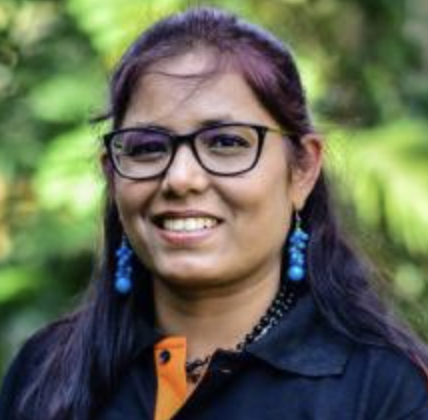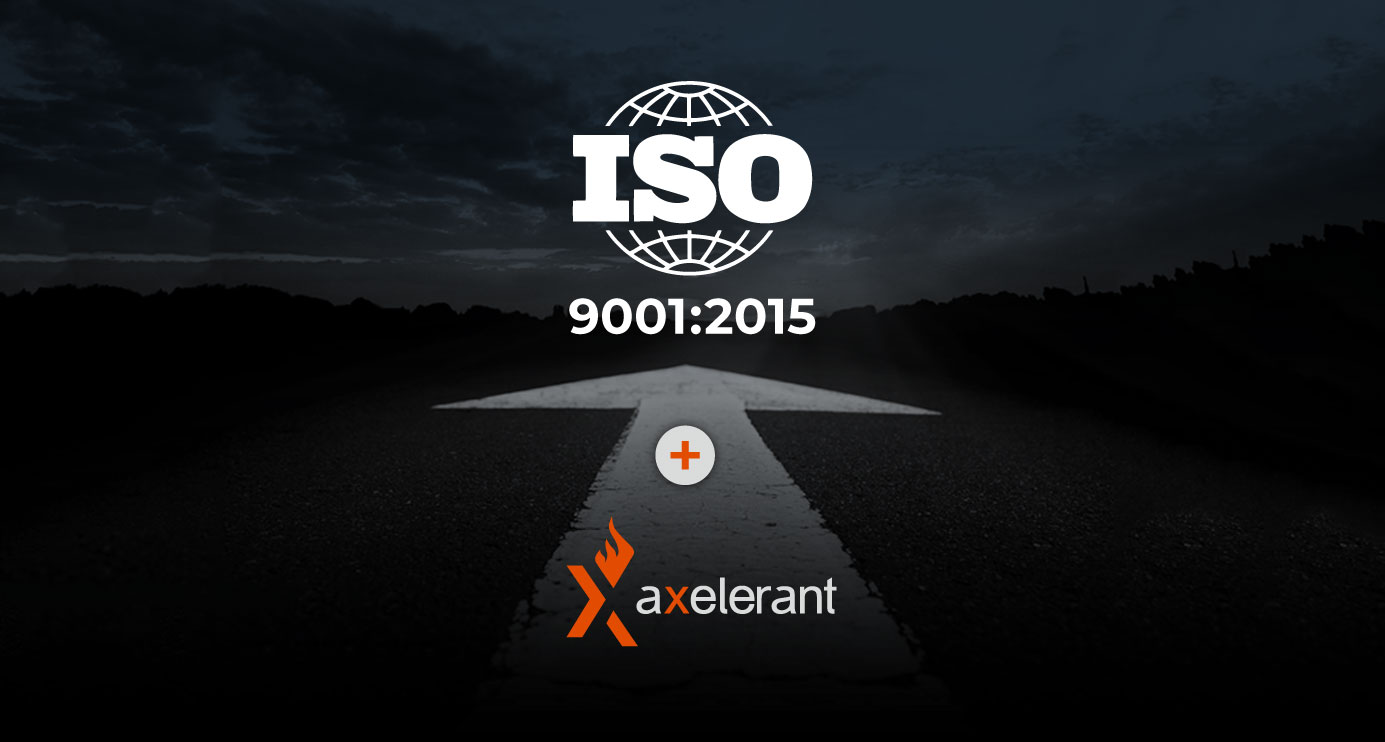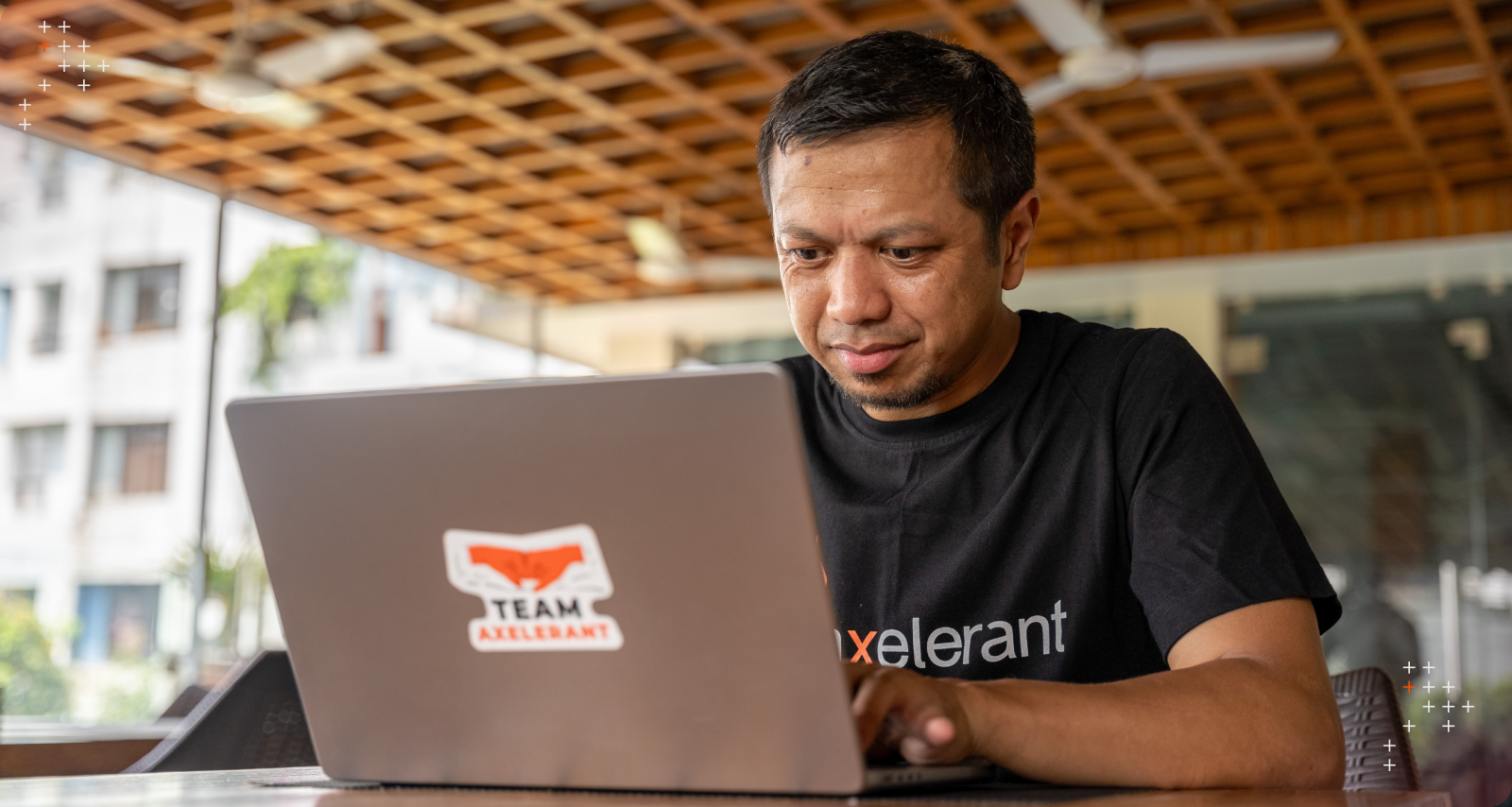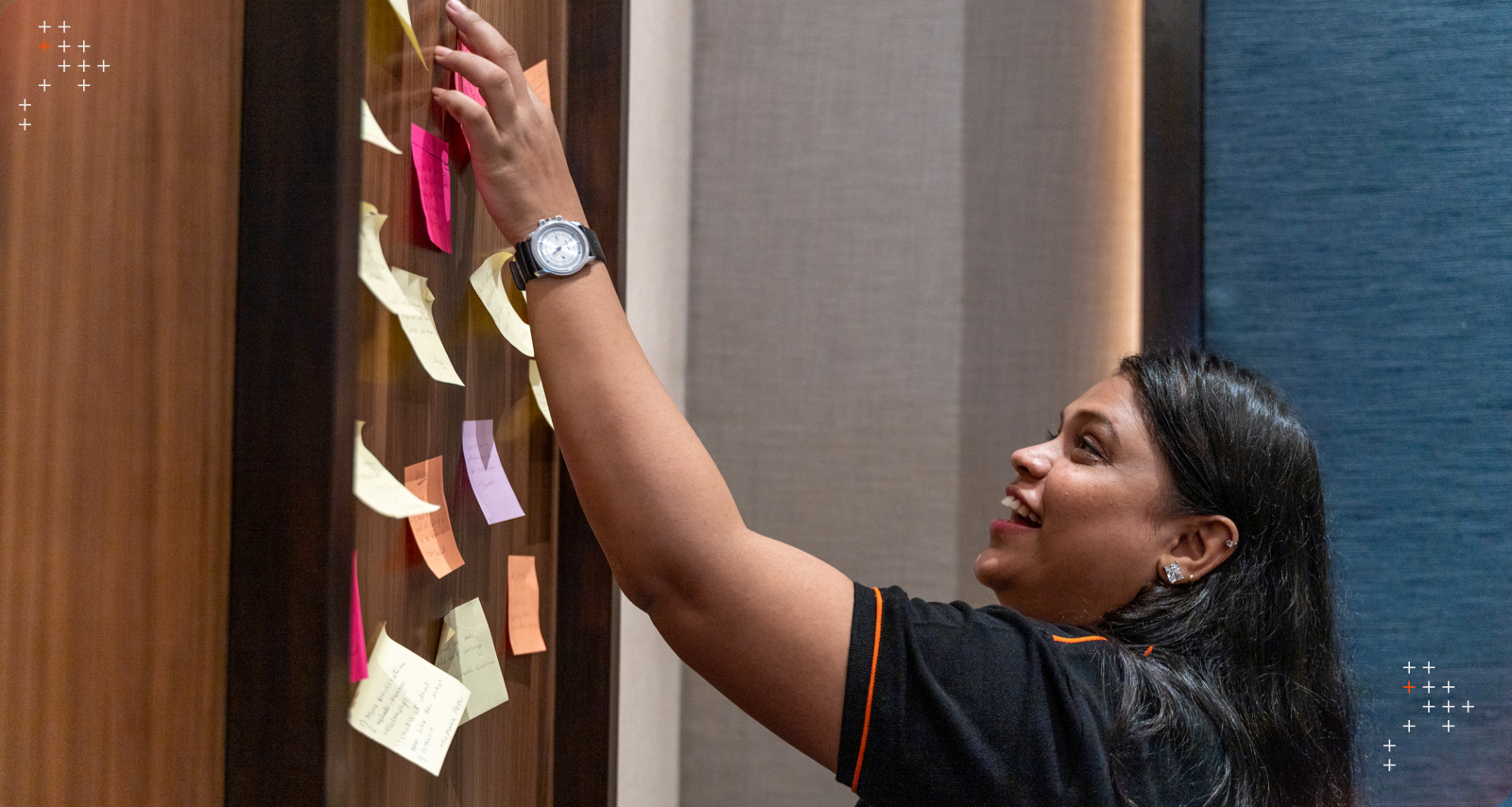Introduction
On the 1st of August, 2018, Karuna Batra began the process of getting our organization ISO certified. Here is her reflection on that journey.
Why did we pursue this certification?
The effectiveness of an organization depends heavily on its ability to perform several interconnected activities simultaneously in order to achieve its intended results and meet stakeholders’ expectations. These relationships have to be managed, prioritized and controlled.
I started on this journey as the program lead in Q3 of 2018 with Axelerant—a fully remote web services company providing Drupal services.
Here, I’ll share how I approached the program (for phase 1) based on organizational process maturity.
This is how we got started.
Through an initial review, I discovered that there was very minimal process documentation at Axelerant, and this was segregated across projects and portfolios. This was managed individually by each project team as their own documented solutions—what was working for them locally. Some of these were updated but others were outdated, with anyone in the project circle (a "circle" is a function/unit grouped by a purpose) covering ground on the documents based on their availability.
To begin with, we had no baseline process documentation to refer back to for any functional circle; only some of the global processes were documented in pieces on Google Docs. I had to start from scratch in order to declare the process operations, as the organization had no prior experience with audits.
I believe the journey could have been sped up if agility was not so commonly understood to mean “no documentation” or “convenience based documentation”. This limiting understanding of agile frameworks needed to change, which added another dimension of training that needed to run in parallel with this program.
What’s the bigger picture?
I started the process by interviewing the unit leaders to identify objective based themes. This alone was a challenging exercise for some circles in which leaders were closely involved everywhere, working on segregated activities day in and day out, with minimal to no holistic operational map. Not being able to identify where and how much to focus, or keep a finger on the pulse of current circle capability and needs, were a few other few symptoms of operational mismanagement within circles.
And this was a systemic challenge, because although things were working smoothly with teams solving local issues, the big picture for each of the circles and the collection of circles as an organization was missing. There was no clarity on how a fix somewhere would impact or influence things elsewhere in the same circle.
I knew I had to work both locally with each circle and also enable process flows across circles aligned to the company’s core business chain, while also looking into processes overarching the entire portfolio in parallel.
We followed outcome-based process naming and process templatization.
We started with a grouping of related activities against a common objective. By repeating this exercise with each functional circle, processes were identified and then appropriately titled to reflect their purpose and objective(s). The goal was to ensure that a process is not simply a folder to collect unrelated operational processes.
We went through multiple iterations to establish enough granularity, ensuring that the number of processes was not too many or too few. We also wanted to ensure that each process had scope for innovation and context-specific tailoring without a need for altering the baselines. Context-specific, tailored instances of process baselines were managed and stored in a different node in the handbook.
This was followed by process templatization and training for unit leads to establish a common meaning for process attributes. Each process was detailed to include inputs, outputs, responsible parties, risks and mitigation strategies, and opportunities, besides others.
We documented the initial set of processes.
For the initial set of processes for each circle, I followed an interview-based data collection method to write the processes myself (leads had no experience writing process documents) with activity flow diagrams. We collaboratively collected notes on calls to ensure that I could simultaneously impart training on the data elements that belong in each part of the process document. This was followed by circle lead reviews and updates in the WIP (work in progress) repository.
Overarching global processes such as onboarding, offboarding, security, conformance to standards, policy updates, tools and techniques, people allocation, mentoring, life coaching and other such processes were covered—while ensuring objective-based theming.
Surprisingly, the exercise pushed the leads to look into each process in depth while documenting it to address any gaps, while also bringing clarity to roles and responsibilities.
Secondly, this was an opportunity to look into ad hoc activities that did not fit into any process definition, and understand where to place them in the process model for better management.
Thirdly, process documentation from each lead also helped build a futuristic backlog. This provided an opportunity to reflect on process scalability against increasing numbers of partnerships, projects, people and other drivers.
The program enabled other operational solutions.
While documenting processes. circle leads also got the opportunity to think more on what elements of the process could be measured to conform on process commitments. Identifying such metrics also enabled reflection on their mapping to the Key Performance Indicators (KPIs) management system, and could also be fed into the Objectives and Key Results (OKR) system.
The need for process owner(s) as a new role emerged.
We moved each new process to the organization’s handbook, with a global notification for the team to access and refer to it when needed. Each process was then assigned to the relevant lead as its owner. Process ownership was introduced as a role, having emerged as a systemic need with increasing process maturity and maintenance. Responsibilities for the role were defined.
Process structuring enabled process flows in the customer success circle.
While this program was ongoing, customer success maps were defined (for each stage in the agency partnership model) to be structurally in sync with the template. This helped provide a visual radiator for each stage in the customer partnership, allowing all stakeholders to learn how they are enabling the ecosystem.
Not everything on the customer and company journey can be added to process documents. To enable minimal process documentation and manage depth, customer success maps were enabled with MoSCoW prioritization to provide a must-have critical path mapping to process documents.
The rest of the activities on the customer journey, being specific to the context, were left open and not added to process documents to ensure minimal micro-management and allow teams the autonomy to experiment and innovate.
We considered cross-process linking within each circle.
For each circle, processes had to be woven to define a flow that would allow for clarity on how each process was feeding into the next. This exercise implicitly helped leads to understand whether certain roles demanded more than what was feasible for team members to accomplish; and also identify any gaps in data movement across processes.
Cross-pollination of processes across units was covered next. Phase 2 was planned to cover process reviews and audits, the collection of data and updating process definitions (process engineering) with training for each circle to complete the feedback loop. Next, phase 3 was planned to cover internal and external audits.
Processes need to be living documents.
With the complexity involved, (minimum viable) processes need to be living documents.
Having a certification is not an end in itself. Whether they receive the certification or not, I believe every organization must take this journey. The earlier in their maturity cycle they undertake it, the better it is.
The journey itself is a learning experience for each circle and for the organization as a whole, providing in-depth clarity on what exists locally and collectively. This in turn allows clearer visibility into what is redundant and can be discarded, what needs to change or be improved upon, and what needs to be introduced at the functional level. Further, this needs to be taken up as a dedicated program with clear ownership and prioritization.
This exercise helped Axelerant to eliminate a lot of cross-functional noise arising from redundant communication and unclear roles. The introduction of effective and efficient operational solutions allowed for better alignment against needs. Proactive determination of risks within each process became a practice. Process ownership and responsible parties within each process ensured collective ownership of the objective, as well as collaborative participation.
The company received the ISO certificate in February 2019. The impact of this is endless. Most importantly, the team now understands the importance of process documentation—and that has been enabled by the ISO process itself.


 We respect your privacy. Your information is safe.
We respect your privacy. Your information is safe.



Leave us a comment